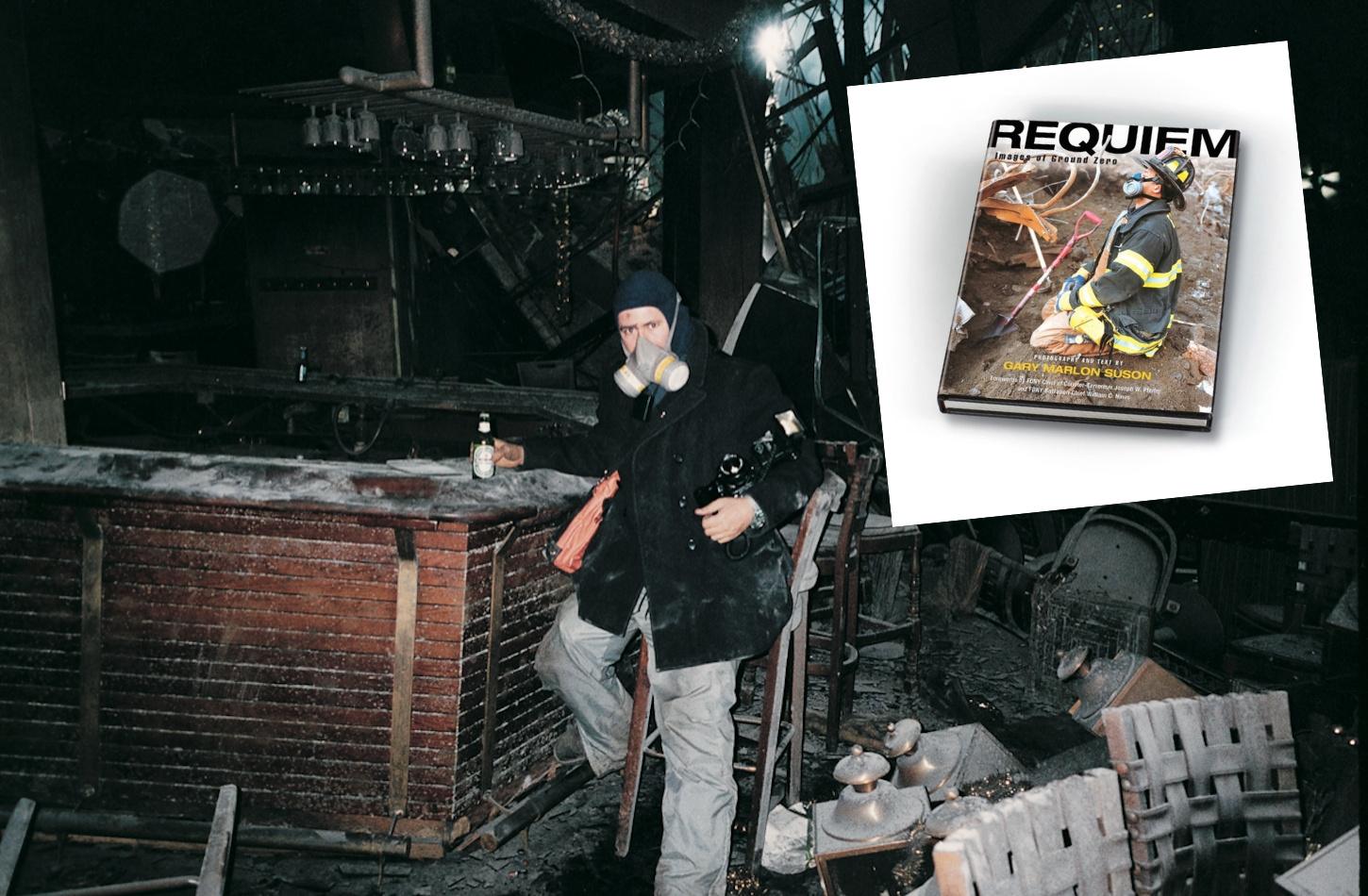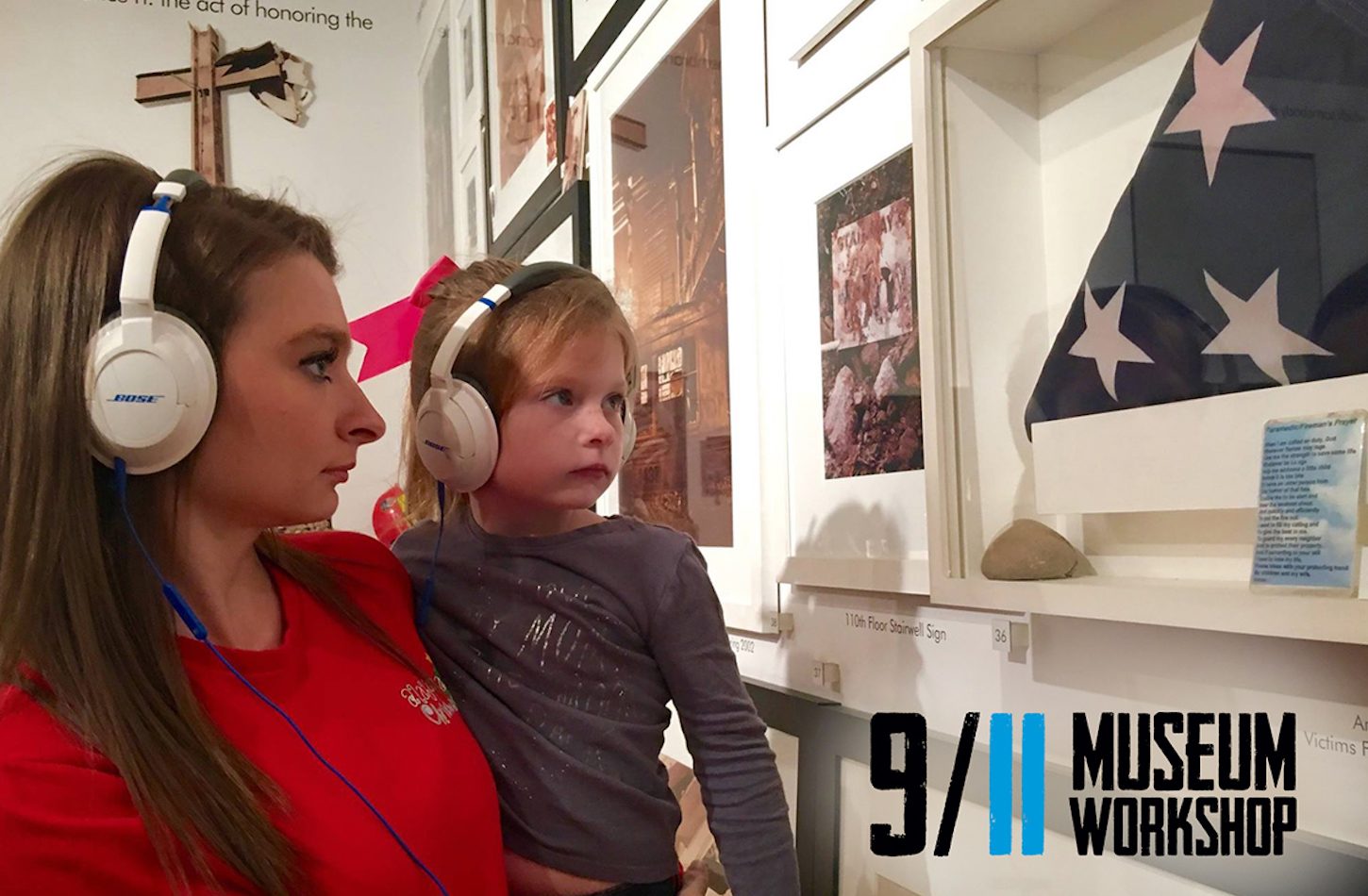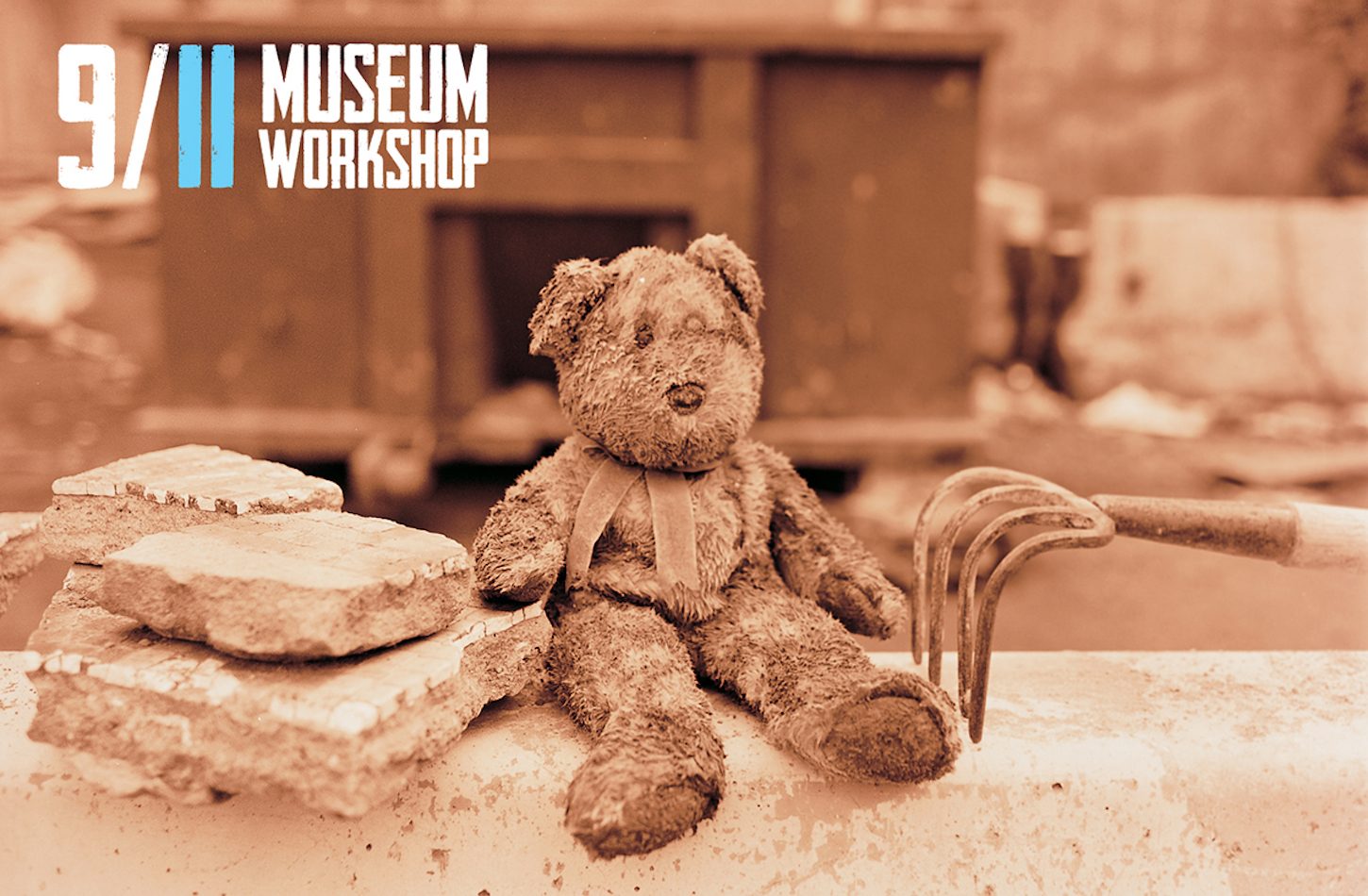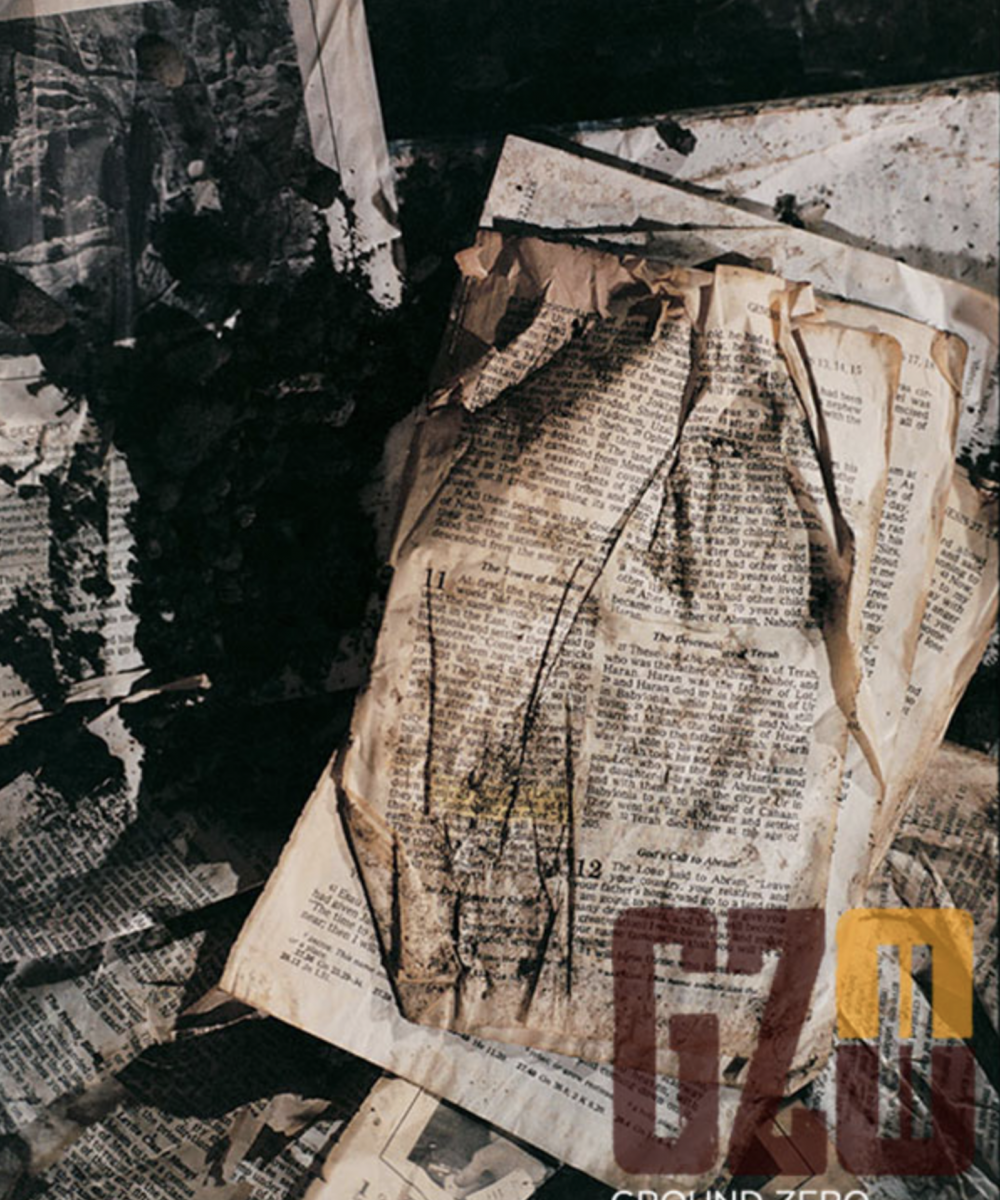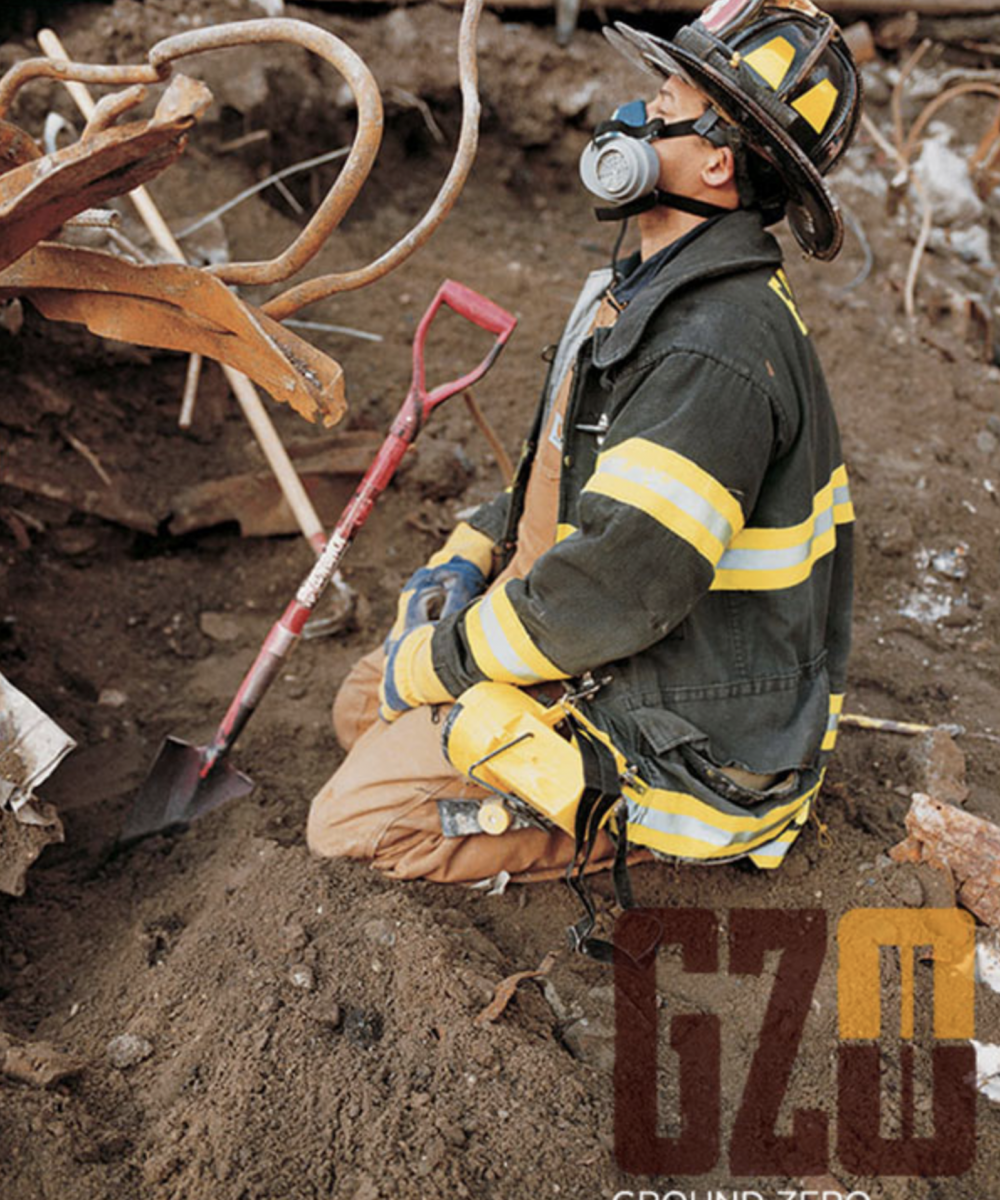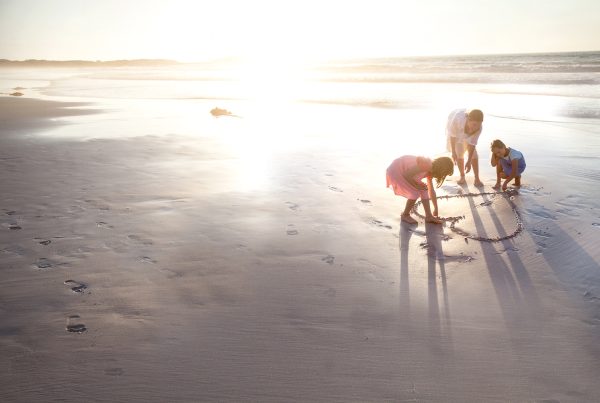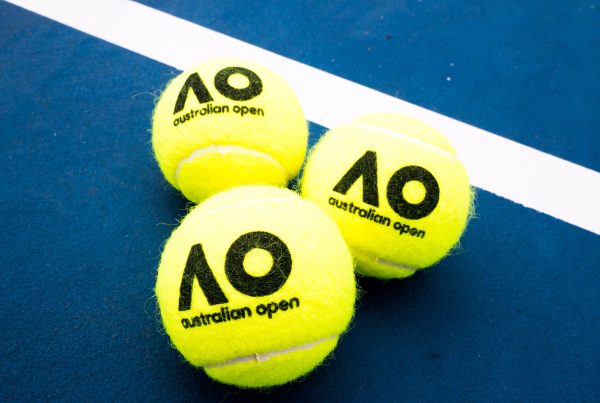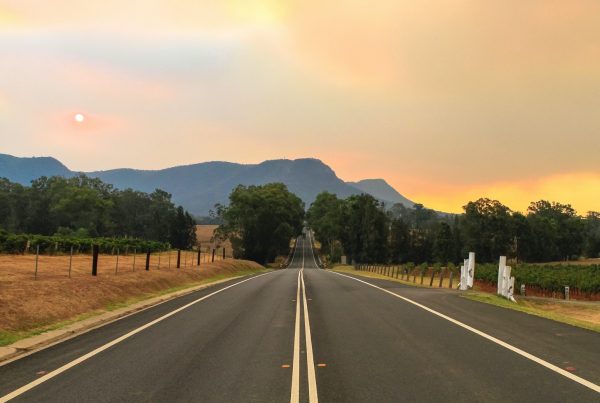With the impending 18th anniversary of the September 11 attacks in the United States, any visitor to New York city simply must stop by the Ground Zero Museum Workshop Tour to experience the “Recovery Period” at Ground Zero through the lens of Gary Marlon Suson, the official photographer at Ground Zero for the Fire Department of New York. TDL editor Scott Podmore speaks openly with Mr Suson who opens up about what makes the museum and workshop tour so special, his vivid memories of that grueling nine-month recovery period and his favourite artifacts and images from the museum which educates and ensures we “never forget” those horrific events in 2001.
Museum in the Meatpacking District
Q: Gary, thanks very much for your time. In a summary style, tell us a little about this amazing little museum?
A: We are a kid-friendly museum in the Meatpacking District. We have 100 images and artifacts from 9/11 with corresponding BOSE Audio stories behind each item. We opened in 2005, the first 9/11-themed museum ever to open in New York City and known as the “Biggest LITTLE Museum in New York” as we are a tiny museum, modeled after the small Anne Frank House in Amsterdam. There are two 9/11-themed museums in NYC: The 9/11 Memorial at Ground Zero and then us, the 9/11 Museum Workshop on West 14th Street. They focus heavily on the day of 9/11; we focus on the 9-month dig for the missing and are child-friendly.
You’re clearly a hit on TripAdvisor. Tell us what it is that sets this museum apart from the rest?
We’re very proud to be a two-time winner of a Trip Advisor ‘Top 25 Museums in the USA Award’ and our museum leaves visitors with a greater understanding of what went on inside the World Trade Center site during the 9-month dig for the missing victims, known as “The Recovery Period”, which is also when cameras were banned from Ground Zero. We are also the only interactive 9/11 museum in that guests may pick up and hold rare artifacts, such as the WTC steel, window glass and even a piece of the airplane wing. We want people to truly connect with the valuable lives that perished. We didn’t want the typical sterile museum environment when we were designing it where everything is under plexiglass and surrounded by ropes. Instead, we wanted interaction, which is why we use the word “Workshop”.
Let’s wind it back a bit. Tell us how you came to be involved and how you eventually became the official photographer at Ground Zero?
It was in October 2001 when I was assisting sick and disabled 9/11 firefighters by arranging free health care for them with a well-known environmental illness doctor as they were having chest heaviness and breathing issues that conventional doctors could not decipher as to why. Their blood tests were all coming back normal. It was from chemical toxic exposure – which is known now by all – but was not known then. I knew back then what it was, so I offered to help and many of these firefighters got chelation therapy and hydrogen peroxide intravenous drips to remove metals and poisons from the blood. It’s alternative holistic therapy.
It was during this period that I met firefighter Rudy Sanfilippo, who worked as an elected delegate for the NY Firefighter’s Union, which governs the firefighters and their rights. He then learned of my photography and eventually after meetings he invited me to be the official photographer at Ground Zero for the Uniformed Firefighters Association (FDNY).
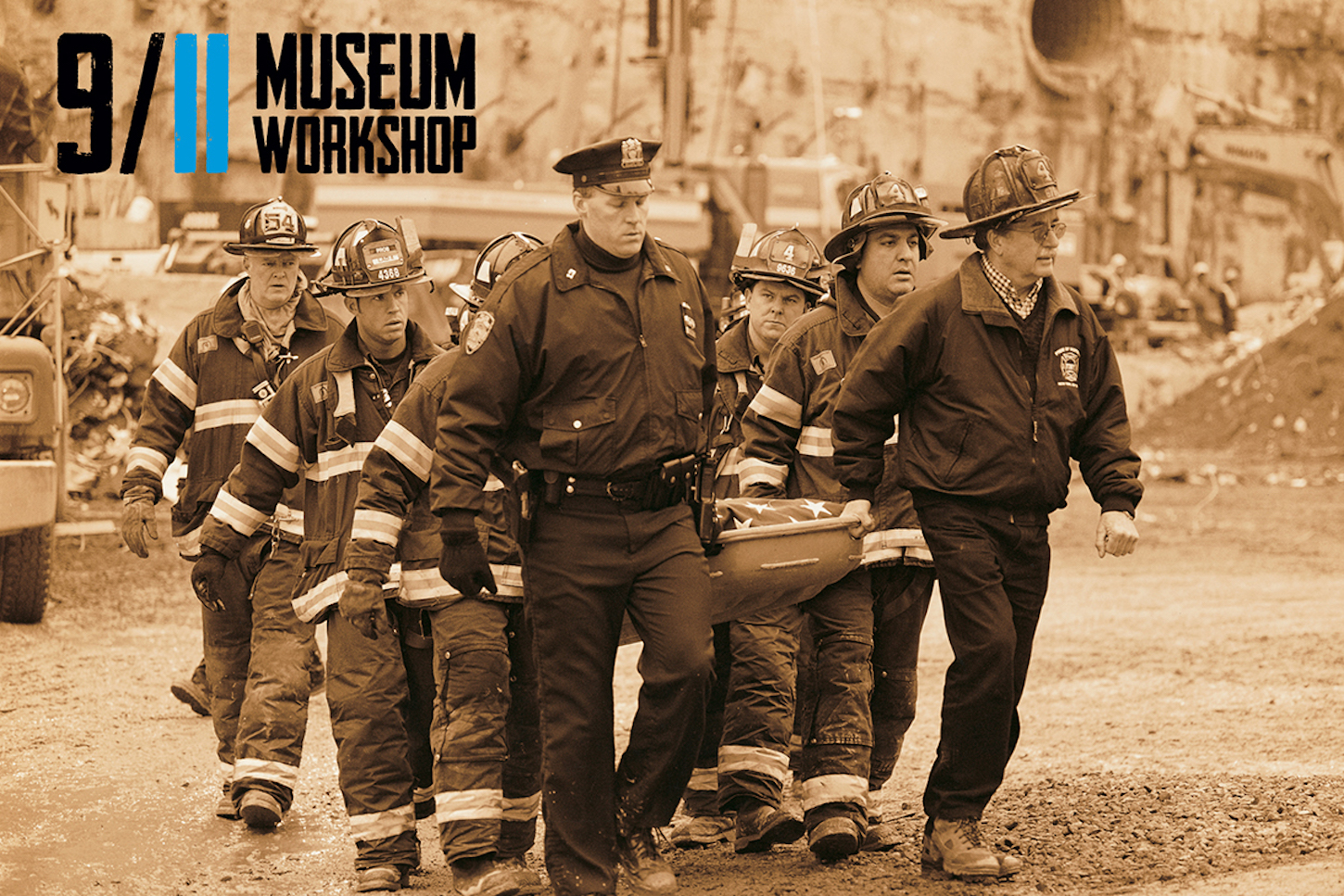
Photo © Gary Marlon Suson, 9/11 Museum
Boot camp, but worse…
I believe that was quite an exclusive job with strict conditions?
I was to be the only one in the world given full 24/7 access to every area above and below Ground Zero, including the subway stations. I was given strict rules: do not sell or release the images to the media until given permission, do not photograph human remains and, lastly, if there was ever a book of my images, that some proceeds of the book would be shared with 9/11 charities. I was also not paid to take on this gigantic role, and I had to shut down my photography business for seven months to work at the World Trade Center site.
So that long recovery period after the event was obviously a painstaking and slow process. For you, you were right in the thick of it. Is that something you can put into words and share regarding your feelings, the undoubted challenging moments, and deep sense of sadness and horror?
The first time Rudy Sanfilippo took me into the heart of Ground Zero, he introduced me to the fire chiefs so they knew there was to be a photographer. They were a little wary of cameras but they warmed up to me. That first night I went home after Day 1 of being the official photographer I cried myself to sleep. I was overwhelmed that such a monumental task rested upon my shoulders and I was scared I wouldn’t be able to do this. There were so many aspects of Ground Zero to capture if I wished to tell the story of the Recovery Period. I also knew it would require a huge commitment of being there all the time if I was to capture the special moments that unfolded each day.
Did you find yourself working around the clock?
I wound up working 114 hours per week at WTC, both as photographer and digging for victims. I slept nearby at St Paul’s Chapel, in the pews, and it was not comfortable. For me, it was like boot camp, but worse. It was a little maddening at times and Sundays I usually spent at home. My clothes and skin smelled of dirt, chemicals and other unmentionables so I’d spend a full hour in the shower and then collapse in my bed. I slowly became numb and was unable to cry or connect with emotions as I was in survival mode.
I can’t even begin to comprehend how that must have felt, especially the loss of lives. I’m guessing a lot of the people on the scene at Ground Zero felt much the same as you? Can you describe it for me?
The men and women around me were always numb and emotionally shut down as that’s what they needed to do to get through this. It was a brutal scene at Ground Zero, something far worse than a horror movie. It was unforgiving and you had to be a little mad to work there. It was 100 feet deep of dirt, compressed concrete floors, glass, wires and, more importantly, victims. Layer by layer, inch by inch, they were found and returned to their families for proper burial. Most of the things we saw will forever haunt us and we will take to our graves. We located about 24,000 individual human remains.
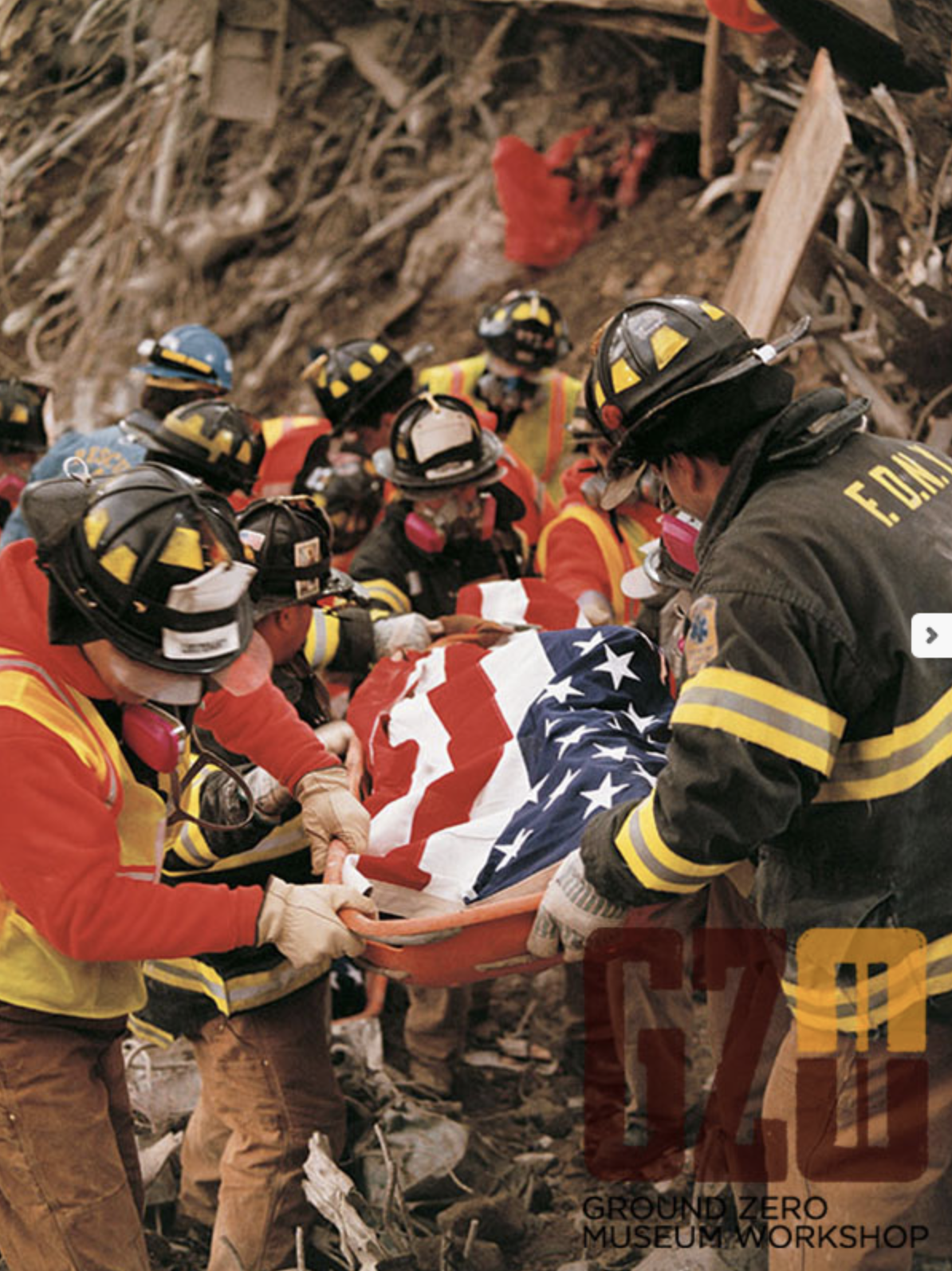
Photo © Gary Marlon Suson, 9/11 Museum
“My clothes and skin smelled of dirt, chemicals and other unmentionables so I’d spend a full hour in the shower and then collapse in my bed. I slowly became numb and was unable to cry or connect with emotions as I was in survival mode.”
Breaking the rules
You had to document some of the most sensitive moments during the recovery and quite possibly some of the most sensitive moments ever as far as American tragedies go. Was there anything in particular that stays with you as being the most inspirational moment?
Sure, one day an entire fire company was being unearthed at Ground Zero. They had all died together on 9/11 in the same spot. Every 15 minutes another body of a firefighter was being uncovered and they were all with the same firehouse. Phones began ringing at the widows’ homes that their husbands had been found, until after two hours there were just two firefighters who were still missing in the rubble. One of those widows had come to Ground Zero hours earlier to be present in case her husband was found: she wanted to be there even though this was against the rules at WTC.
What happened next?
Her husband was eventually located and the last missing firefighter happened to be married to her best friend, whom she was on the phone with. Her friend asked her that if her husband was found, would she please stand in the private Honor Guard salute on the exit ramp for her since she didn’t have the emotional strength to come to Ground Zero. “Yes” she said. We found that last firefighter an hour later and one hundred cops and firemen began to line up on each side of the exit ramp leading out of Ground Zero. The widow then asked the firemen if she could please participate even though it was against the rules, and they said yes. Recovery Worker Mike Bellone, who worked side-by-side with the Fire Department, went and found her a big fireman’s jacket that went past her knees and hands, giant rubber boots that she disappeared in and a helmet three sizes too big for her head. She was dwarfed in firemen’s gear and then placed in the line with the cops and firemen at the top of the ramp. Slowly, the body of the recovered 9/11 firefighter was carried up the ramp, led by a priest.
That’s incredible, you’re painting a powerful picture there.
I knew that in about a minute I was going to have an award-winning photo of this woman as she began to raise her hand to salute her best friend’s fallen husband. The body then approached where she was standing – she was sobbing and her arm was shaking as she was trying to salute – her knees wobbled back and forth and as I was looking at her through the viewfinder of my large medium format camera, about to shoot, I then decided to stand down.
So you didn’t get the shot?
No, I could not do this. Tears were pouring down her face and I had a lump in my throat and didn’t have it in me to record the moment. I felt intrusive, exploitative. I wanted this to be her moment so I passed on the shot. It would have been seen around the world, but I chose to give it a pass. This moment, and also finding the charred single Bible page from Genesis 11: The Tower of Babylon, in the rubble are my two most memorable experiences.
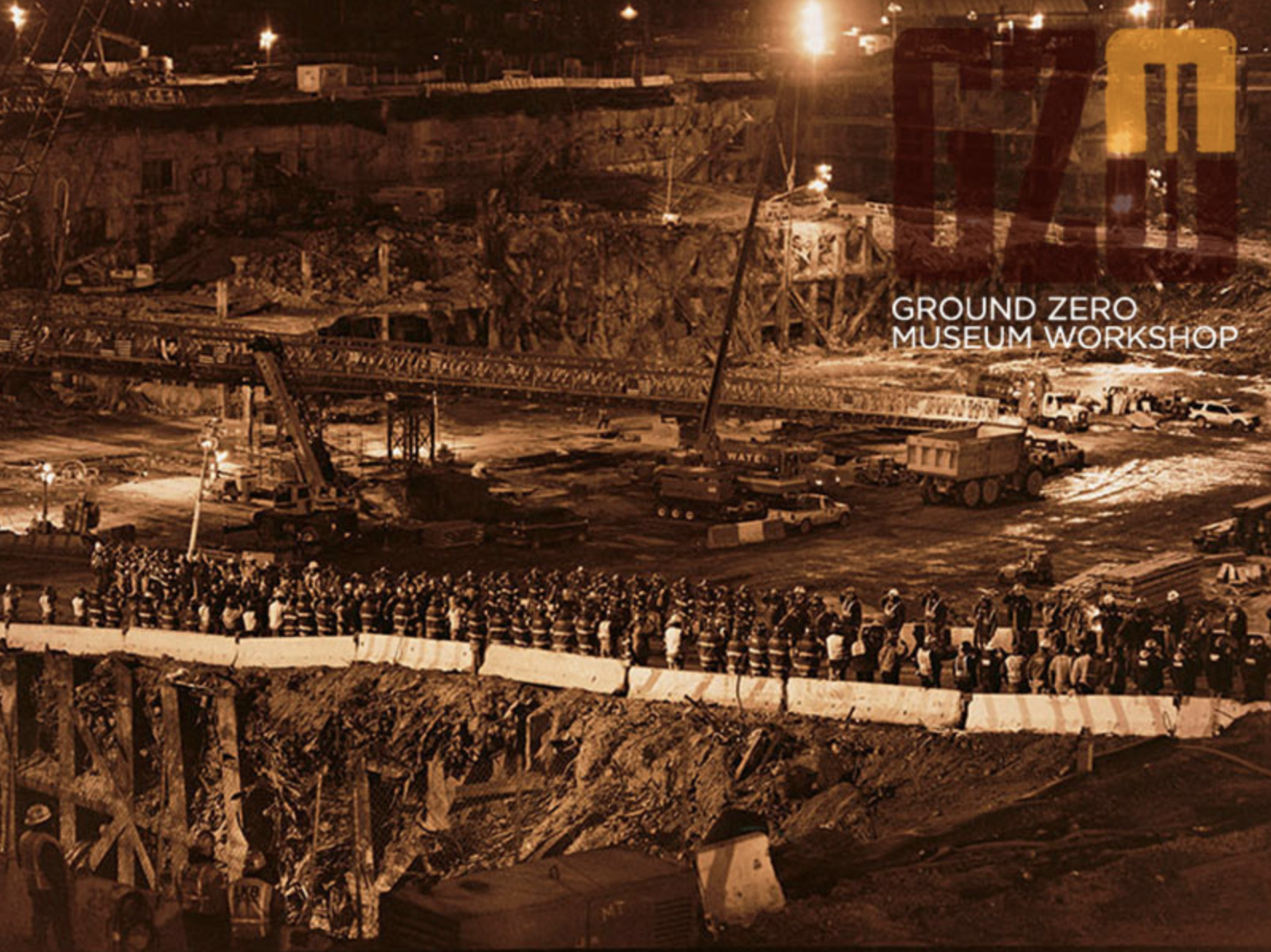
Photo © Gary Marlon Suson, 9/11 Museum
Discovering compassion
Such an experience could only change a person. How did this whole experience change you if you don’t mind me asking?
Well, from a physical standpoint it gave me lung damage. I spent way too much time there and wasn’t aware at the time that the air quality was so toxic, so it’s had some negative health effects on me. However, the experience also allowed me to experience and understand human pain and suffering on a level like I’d never experienced, so I now feel much more compassionate towards my fellow man and woman.
As opposed to how you felt before all this happened?
I think before 9/11 I was more self-absorbed (as are most of us) and after 7 months at the World Trade Center site working 114 hours per week after 9/11 I tend to think of others now before I think of myself. It’s not always about us but how we can help others in any manner. In short, it made me grow up.
As you know, I’ve been to the museum and it’s a really heavy experience but one in which there’s a deep sense of love and respect. I really loved that experience and your book is so important. As someone really close to it all, how would you describe to a person intending on visiting the museum what to expect?
Thank you for the kind words and for recognising how much care we put into the 9/11 Museum Workshop. The first thing I’d say to a potential visitor is whatever you’re expecting in terms of a typical museum, don’t expect it! We don’t fit the mold of ANY conventional museum. We are only 1000 square feet, brightly lit, immaculately designed, we allow guests to pick up and hold artifacts and we have the most comprehensive life-like BOSE audio tour you’ll ever experience anywhere. Some of the stories have real sound effects playing in the background that were lifted off of rare video from the WTC Recovery: dogs barking, trucks backing up, priests saying a prayer… so be prepared to time travel.
I’d say we are more for museum nerds: those who really want an immersive experience and want to have a simulation of what it was like to experience working at Ground Zero with us in 2001-2002. We are not the typical walk in, walk around, and stare-at-a-wall museum. Lastly, we are kid-friendly and parents’ first-choice for educating their kids about 9/11 in a gentle, non-graphic manner.
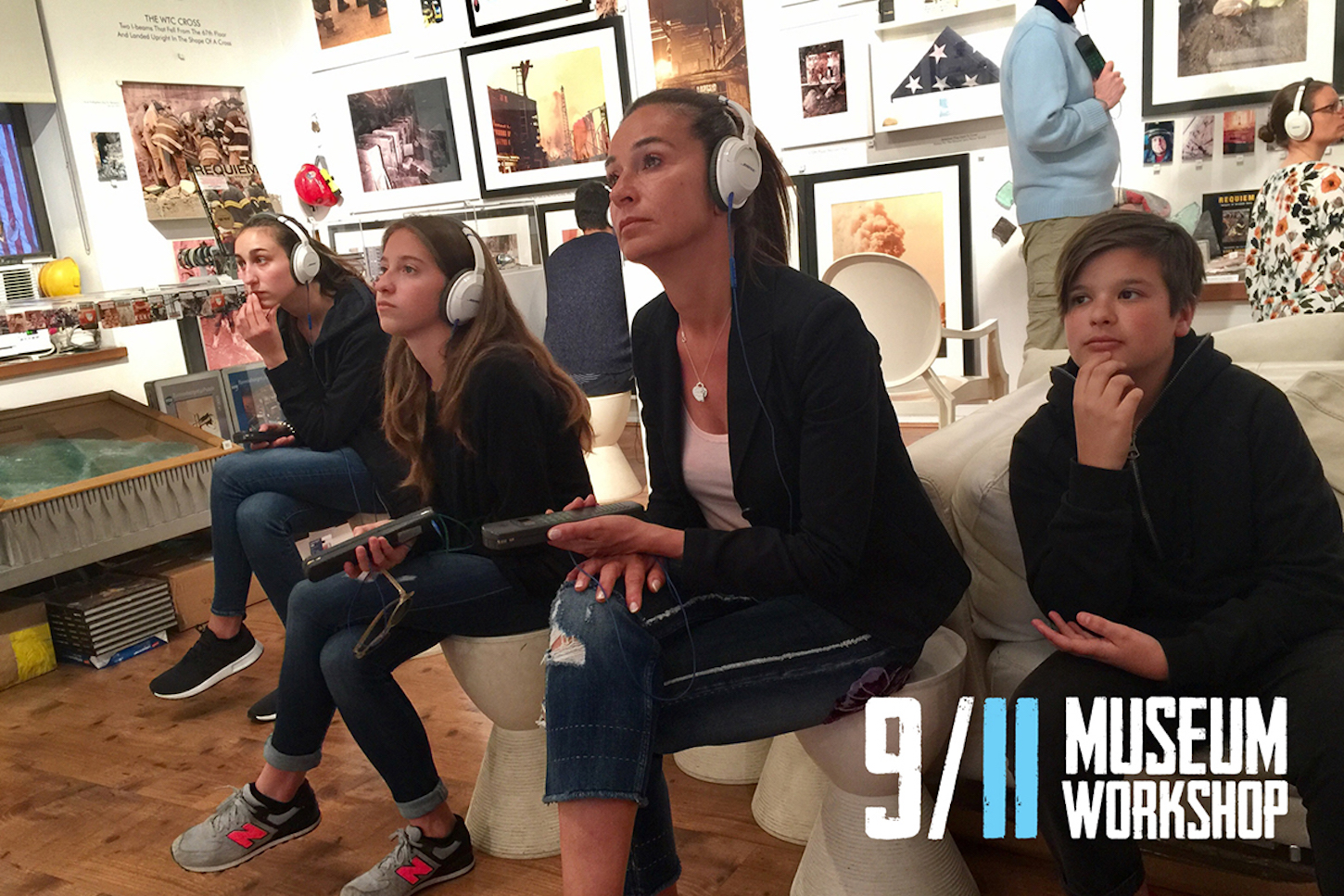
Personal favourites…
What are some of your favourite artifacts at the museum?
Each one is very special and meaningful in their own way. I think the airplane wing artifact is the most emotional, it’s similar in meaning to me as seeing Anne Frank’s diary in person, as it really hits home. Holding it strikes a chord in whoever picks it up as well since we all saw the planes hitting the tower but it all seemed surreal. The airplane fuselage artifact – which is on loan to us – takes the event of 9/11 off the TV and makes it suddenly very real. Anything that makes one reflect upon the innocent victims is a poignant artifact to me.
Any others that stand out for you?
Another artifact that hits home is we have on loan the largest remaining piece of World Trade Center window glass in existence. Its dimensions are a whopping three inches thick, three feet wide, weighs over 120lbs and it took three men to carry it out of Ground Zero. It’s cracked all throughout and from a very high floor, making it so rare. Less than 1/10th of 1% of the 43,600 windows were found; almost all of it turned to powder. Lastly, an artifact named the “Frozen Clock” stuck at 10:02am that I discovered 100 feet below the World Trade Center site in the barren subway tunnels is jarring. It is frozen at that time because that is the exact second the first tower collapsed and blew out all the electricity to the area. As such, thousands of people died at that exact second, 10:02 and 14 seconds. The night I found it – in the Winter of 2002 at 2:00am – my jaw fell open as my flashlight landed on it in a tiny room that subway workers previously used for breaks. It’s now on display at the museum and it always affects our guests.
You obviously took so many photographs. What would be your favourite and why?
I have so many favourites, it’s hard to pick. Each one tells a different side to the nine-month dig at WTC. The Genesis 11: Tower of Babylon Bible Page photograph is one of them as I found it during a period that I was strongly considering walking away from Ground Zero for good. It was simply too much to bear emotionally and I had seen enough. Then I find this lone, torn charred page from the Bible and the symbolism of the “11” and the “Tower” in it was much more than just coincidental, so I saw this as a sign I should stay on, which I did.
Every image tells a story and I can totally understand they are hard to compare. Any others that are special to you?
“Oscar Prays at Sunrise” is an image that is, for me, as good as it gets in terms of my abilities as a photographer. It sums up the emotions of all of us at Ground Zero and depicts an FDNY firefighter who – just minutes after the sun came up – was beginning his shift digging for missing 9/11 victims. I had just stood up and packed my camera bag to leave WTC after shooting all through the night and turned around only to see this firefighter apparently in prayer, kneeling and looking up at the sky, eyes closed. I hurried to retrieve my camera and fired off three images before he began to dig. I am very proud that this image has been seen around the world on television and print because it conveys a strong message.
Photos © Gary Marlon Suson, 9/11 Museum
“Oscar Prays at Sunrise” is an image that is, for me, as good as it gets in terms of my abilities as a photographer. It sums up the emotions of all of us at Ground Zero and depicts an FDNY firefighter who – just minutes after the sun came up – was beginning his shift digging for missing 9/11 victims. I had just stood up and packed my camera bag to leave WTC after shooting all through the night and turned around only to see this firefighter apparently in prayer, kneeling and looking up at the sky, eyes closed.
Extremely rare artifact to be unveiled?
You were called the “Matthew Brady of Ground Zero” by Fox News channel for comparisons to the famed 1800’s photographer of the Civil War battlefield scenes and your images were called “Rare Photos” by the New York Times. You were a guest of the Secret Service at The White House in 2002 and your photography book, Requiem: Images of Ground Zero, is widely considered by many to be the finest pictorial ever created about the 9/11 aftermath. Given all these accolades, are you collaborating or do you plan to collaborate with the other museum, the National September 11 Memorial and Museum at Ground Zero?
That’s a tricky question as now we’re delving into politics. Technically, I am collaborating currently with the 9/11 Memorial as I have recently secured and loaned (upon their request) to them an extremely rare artifact for them that they will display probably in 2020. It’s arguably the rarest artifact to ever come out of WTC and I spent a year tracking it down for them.
May I ask what it is?
You can but I cannot tell you what it is. Best that it stays a secret until they unveil it. However, I can tell you it has the capabilities of promoting world peace and calm between the world’s three largest religions.
Also, you had mentioned to me about unexplained phenomena occurring at The 9/11 Museum Workshop and the TV Show Ghost Adventures. Care to share more?
Yes, we were recently contacted by Ghost Adventures from the Travel Channel about filming a segment with Zak Bagans at the Museum. Since we opened in 2005, we’ve had bizarre things happen like heavy artifact displays move themselves across the floor, water faucets turn themselves on, heavy framed images fly off the walls and break, light switches and electronics turn on and off, and more. Once something grabbed the back of my hair while I was alone at the museum.
So, you want to see if these activities are from spirits of those who perished on 9/11?
Actually, no. We don’t want to go there. That would be inappropriate. Our Museum collection actually focuses heavily on 9/11 Recovery Workers and they appear on the walls – many of them are my friends. Sadly, many of my friends who appear in my images have died from 9/11 cancers, so I want to see if they have something to say. It would be healing for me as well as for the surviving families who I am very close with. We are awaiting an answer from Ghost Adventures and I hope they agree to film it as they’d be doing a great service to the families of those who’ve died from 9/11-related illness.
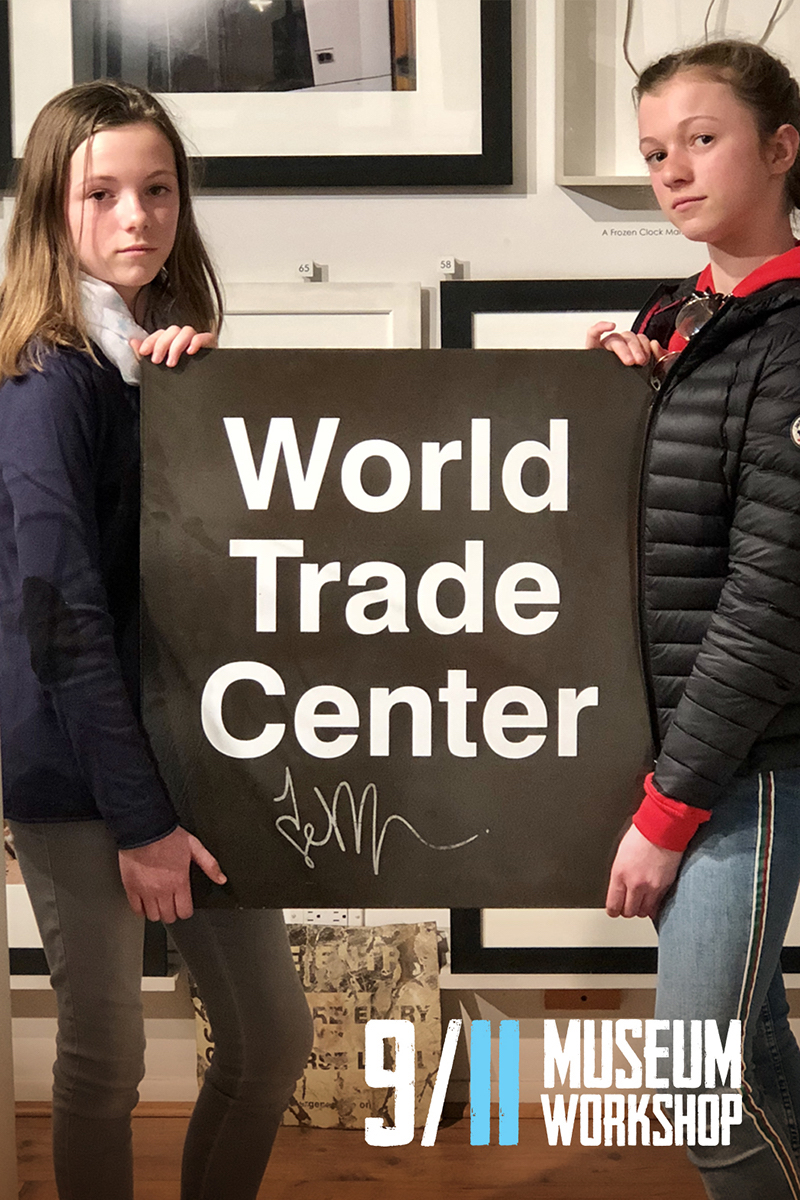
9/11 Museum Workshop and Merchandise Store
Is there anything else you’d like to mention about the 9/11 Museum Workshop for our readers, such as events, products, hours and cost etc?
We are open Wednesday to Sunday from 11am-3pm and located in the Meatpacking District, about 8 minutes by “E” train from the actual WTC site. We are located steps away from the beautiful “High Line Park” and the famed Chelsea Market Eateries. Folks can spend a day touring in the Meatpacking District. Tickets are $25 for adults and $19 for kids-seniors. They can book online or buy tickets at the door. We also have a new online gift shop that helps support the museum and we ship to Australia. Lastly, everyone volunteers for free at the 9/11 Museum Workshop, so we are a true non-profit that barely squeezes by financially each month from ticket sales. The BOSE Audio Tour lasts 1hr 20mins and is available in French, English, Spanish and Italian. If we could afford a grant writer, we would hire one but there’s no budget for that, so we skate by on word-of-mouth advertising and ticket sales. We also host student tours from around the globe.
If there’s one thing this whole experience has taught you, what would you say it is?
To be humble and have compassion for our fellow man and woman. Do for others before you do for yourself. It feels good to help a person in need and you don’t need to be rich to do it. I am a firm believer in karma – what goes around comes around – so if you put enough positive outflow out there, you will get positive inflow at some point. It’s not always about money. It’s about contributing to the world in some manner and for us it is helping visitors learn about the nine-month dig for the missing 9/11 victims as well as the special, heroic stories and people that arose from this horrible event. Rising above adversity to show the strength of the human spirit and that we will never bow down to terrorists and their bullying, murderous tactics.
TDL would like to thank 9/11 Museum Workshop and Gary Marlon Suson for permission to use the imagery in this article. For more information visit the 9/11 Museum Workshop website.
Be in the Know!
Sign up to be "in the know" and receive the very best in exclusive deals, travel tips and news.

